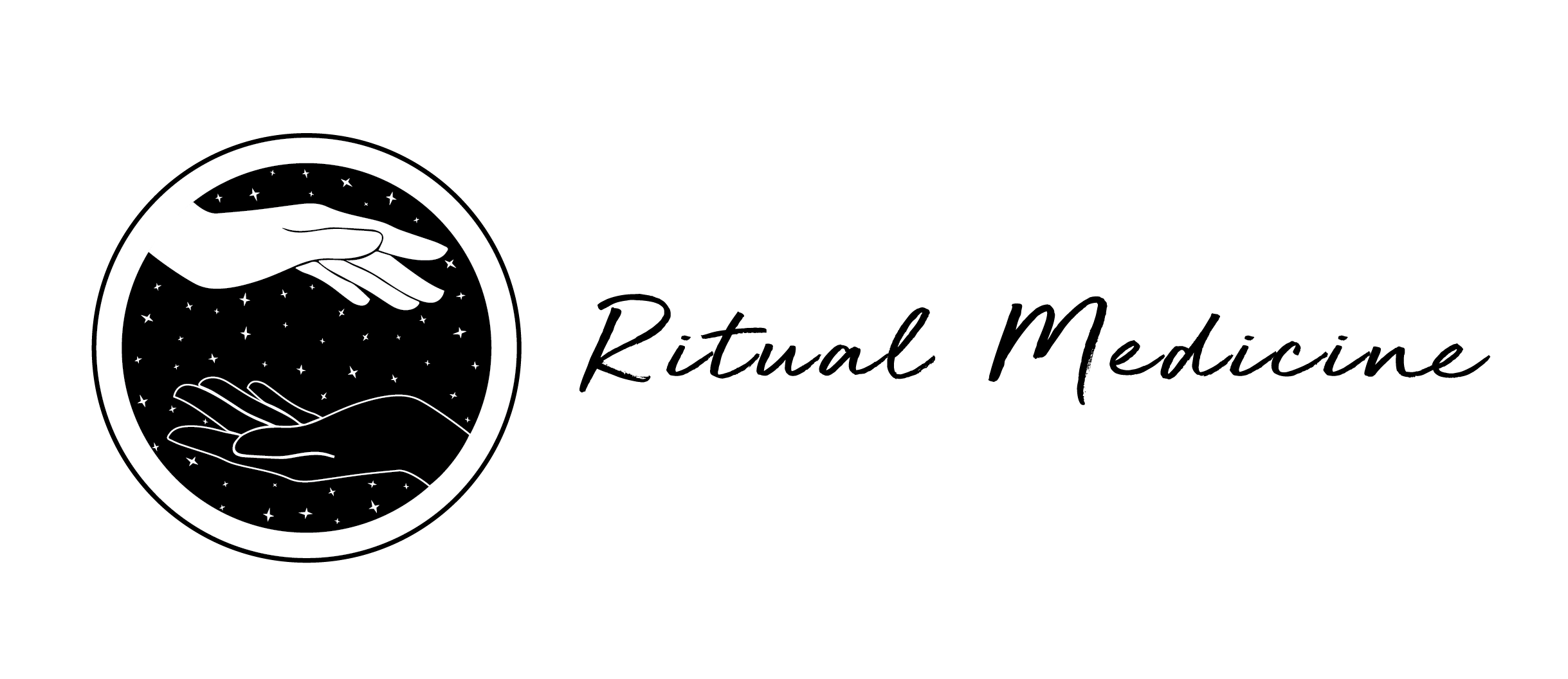Ever wonder why a restaurant will often give you a mint at the end of your meal?
It is because mint stimulates digestion and helps relieve nausea and that overfull feeling.

The type of mint I want to share with you today is peppermint. This is the type of mint you will most often see in teas and cooking, and is easily found in your local grocery store.
Mint is most widely known for its cooling effects.
I would invite you to brew yourself a steaming hot mug of fresh peppermint tea and observe what happens when you are drinking the hot liquid.
Does your tongue feel cool? Then your throat and stomach?
That is because of the volatile oils within the peppermint leaf.
This cooling effect makes it a great herb to use if you are feeling overfull, nauseous and especially after eating hot and spicy food.
Peppermint is also aromatic, meaning it has a strong aroma.
Because of this feature, mint has a great effect on helping rid the body of external pathogens (i.e. toxins) and relieving pain, especially in the head, with symptoms like headaches, sinus and throat pain. You will often see this herb used in formulas during cold and flu season for this reason.
If you have a red, sore throat, peppermint tea is a great way to clear any excess heat and reduce pain and inflammation in the area. Because mint leaves are light you don’t want to over cook them, you want to keep the aromatic properties.
It is best to steep the fresh or dried leave for 5 minutes only, stir in some honey and let it sooth your throat.
Mint is also a great breath freshener, as you know, mint is the most common “flavor” of toothpastes, mouthwash and breath mints. The cooling and refreshing feeling not only helps soothe the stomach but also helps with any foul odour after belching or vomiting.
There are no known reactions or side effects with peppermint which makes it a great herb to experiment with at home!










